
Ultimate Guide to Leather Conditioner
Like our skin, leather needs proper care to stay soft, durable, and in top condition. Leather conditioner is crucial in maintaining your leather's natural oils, preventing cracking, and preserving its longevity.
Whether it's your favorite leather handbag, jacket, or car seat, conditioning is essential to keep them pristine. Let's explore the importance of leather care, how to choose the best leather conditioner, and tips for maintaining your items for years to come.

Why Conditioning Leather Is Important
Latico Leathers doesn't recommend using a conditioner for our full-grain leather goods. However, some manufacturers deem leather conditioners safe for their products, so do your research.
Generally, natural leather needs regular care to prevent it from drying out and cracking. Over time, environmental exposure can cause leather to lose its natural oils, leading to dullness and brittleness.
Conditioning your leather can restore these essential oils, keeping it soft and supple while enhancing its appearance and resistance to watermarks, stains, and wear. This process is vital when restoring a leather bag that might have lost its sheen or been damaged over time.
Benefits of Using a Leather Conditioner
Restores Moisture
Leather conditioner replenishes the natural oils that leather loses over time, keeping it soft and preventing cracks. This is crucial for maintaining the supple texture of jackets, bags, shoes, and larger leather furniture pieces. Consistent conditioning helps leather stay flexible and smooth.
Enhances Durability
By nourishing the leather, conditioning strengthens its fibers and helps it withstand everyday wear and tear. Regular conditioner use can significantly extend the lifespan of leather goods, ensuring they retain their integrity even after frequent use.
Improves Appearance
Conditioning leather enhances its natural sheen, making it look polished and well-maintained. It also provides a protective barrier that resists stains and water damage, helping items maintain their original aesthetic. Regular conditioning can bring back the vibrancy and depth of color that dulls over time.
Preserves Flexibility
Leather conditioner ensures the material remains flexible rather than becoming stiff and brittle. This flexibility is essential for leather bags, shoes, and jackets, which must bend and move without cracking or showing signs of strain.
Prevents Discoloration
Using a good leather conditioner helps protect leather from environmental damage, such as UV exposure, which can cause fading. Regularly conditioning leather can preserve its original color and prevent it from looking worn or discolored due to sun exposure and moisture.
Reduces Wear and Tear
Conditioning regularly forms a barrier that minimizes scuffs, scratches, and other common signs of wear. It helps protect against daily abrasions and improves the item's longevity, reducing the likelihood of visible damage over time.
Types of Leather Conditioners
Choosing the right leather conditioner depends on the type of leather and the item you're treating. Here are some common types:
Creams
Leather conditioning creams are easy to apply and provide a deep moisturizing effect. These creams are a balanced mixture of oils and waxes that nourish and protect your leather while providing a subtle sheen. This is ideal for conditioning your soft leather shoulder bags or tote bags.
Oils
Oils like mink or neatsfoot oil are excellent for deep conditioning, as they penetrate the leather fibers. However, applying them sparingly is crucial because overuse can weaken the leather fibers over time.
Waxes
Leather waxes, particularly beeswax, form a protective layer on the leather's surface, making it resistant to water and scratches. While they don't penetrate deeply like oils, waxes protect leather items such as boots, jackets, and soft leather backpacks exposed to harsher conditions.
Sprays
Leather conditioning sprays are ideal for quick touch-ups or items with intricate details, like a quality women's leather wallets. While they don't provide as deep of a conditioning effect, they are convenient for regular upkeep.

How to Choose the Right Leather Conditioner
Check for Key Ingredients
When selecting a leather conditioner, check for natural ingredients such as lanolin or mink oil. These ingredients are known for their nourishing properties and are gentle on the leather. Avoid conditioners that contain harsh chemicals, as they can damage the leather's surface and cause it to age prematurely.
Know the Type of Leather
Different types of leather require different care methods:
- Full-grain leather: Use heavy-duty conditioners like waxes for furniture or boots.
- Soft leather handbags: Opt for light creams or oils that won't weigh down the leather.
- Suede or nubuck: These types of leather are more delicate and require specialized cleaning and conditioning products designed specifically for their soft, textured surfaces.
How to Properly Use Leather Conditioner
Step 1: Clean the Leather
Before conditioning, clean the leather to remove dirt and dust. Use a slightly damp cloth and, for stubborn stains, a leather cleaner. Avoid using too much water, as it can damage the leather.
Step 2: Apply Conditioner
First, test the conditioner on a small, hidden area to ensure it doesn't discolor the leather. Then, apply a small amount to a cloth and rub it into the leather using circular motions.
Step 3: Let It Absorb
Allow the conditioner to absorb into the leather for about 30 minutes. This gives the leather time to soak up the nourishing oils.
Step 4: Buff and Wipe Off Excess
Once the leather has absorbed the conditioner, wipe away any excess product with a clean cloth. Buff the leather to restore its natural shine.
Do's and Don'ts of Leather Conditioning
Do's:
- Clean Regularly: Dust and dirt can accumulate on your leather items, dulling their appearance. Wipe them down regularly with a soft, damp cloth to keep them clean and dust-free.
- Condition Biannually: For optimal leather care, apply a leather conditioner at least twice a year. This helps replenish essential oils, keeping the leather soft and preventing cracking or drying.
- Store Properly: Avoid placing leather goods in direct sunlight, as UV rays can fade and damage the leather. Store them in a cool, dry area to maintain their quality over time.
- Use Leather-Specific Products: Make sure to use products specifically designed for your type of leather. Full-grain leather, for example, benefits from heavier conditioners, while suede and nubuck require gentler, dry-cleaning methods.
Don'ts:
- Avoid Over-Conditioning: Applying too much conditioner can clog the leather's pores, making it greasy and reducing its breathability. The only condition is when the leather shows signs of drying and is used sparingly.
- Don't Use Incorrect Products: Only some leather care products work for certain types of leather. Using the wrong product can damage your leather, especially delicate types like suede. Always ensure the product is designed for your specific leather item.
- Avoid Using Harsh Chemicals: Cleaning leather with harsh chemicals, such as alcohol or acidic substances, can cause discoloration or degradation. Stick to leather-friendly cleaners to preserve its natural look.
Frequently Asked Questions
What is the best way to apply leather conditioner?
First, clean your leather item, then apply a small amount of conditioner in a circular motion. Allow it to absorb before wiping off the excess.
How often should I condition my leather?
For items exposed to harsh conditions, it's recommended that leather be conditioned twice a year or more frequently. However, not all leathers tolerate conditioners well, so check with your manufacturer first.
Can I use DIY leather conditioners?
Yes, DIY conditioners made from natural oils can be effective. However, always test the conditioner on a small area first to ensure it doesn't damage the leather.
Is leather conditioner necessary for all types of leather?
Yes, but different types of leather may require different conditioners. Suede and nubuck need specific products, while full-grain leather may benefit from richer conditioners or not need one.

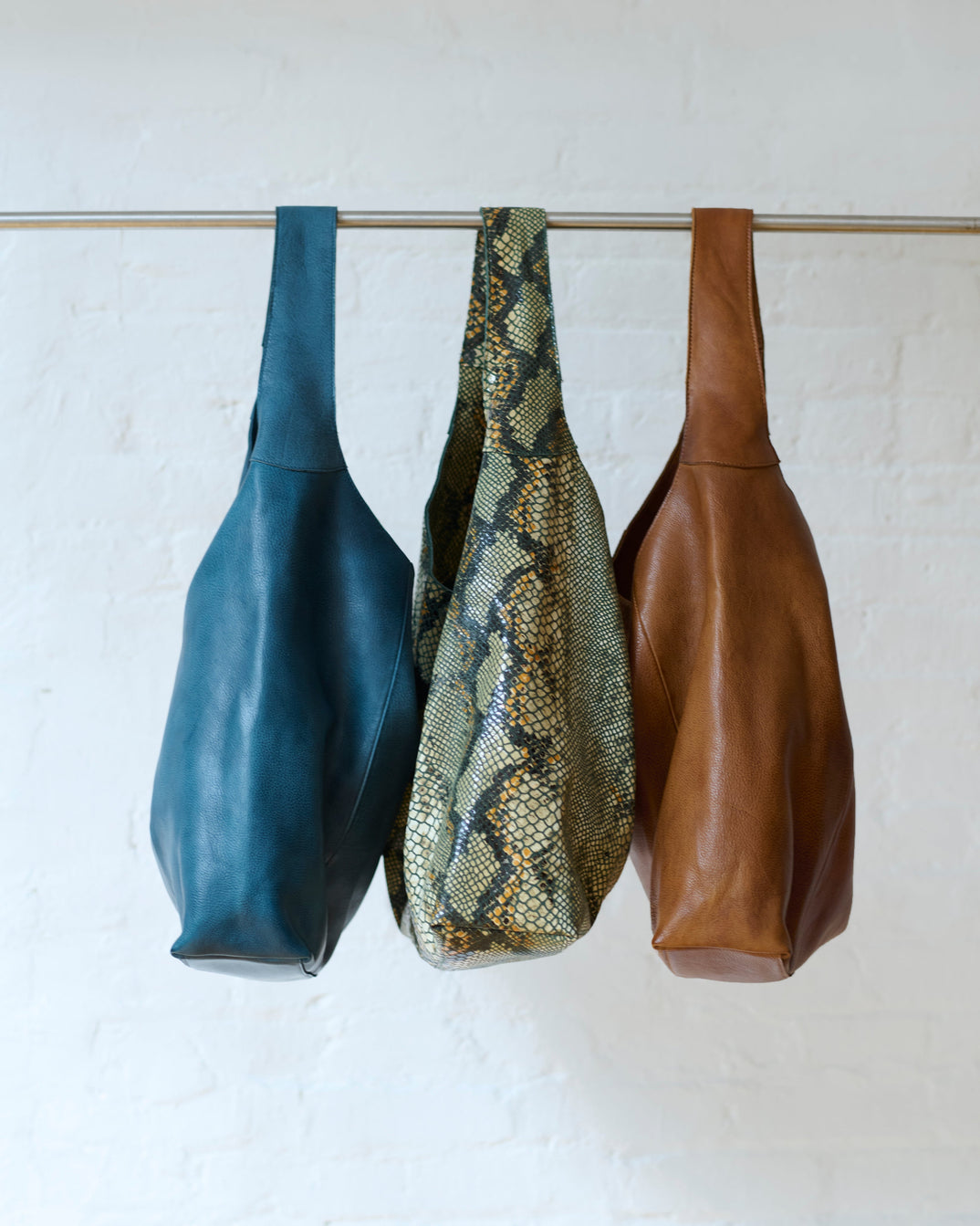
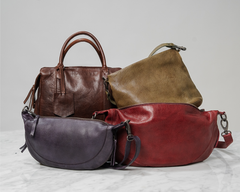
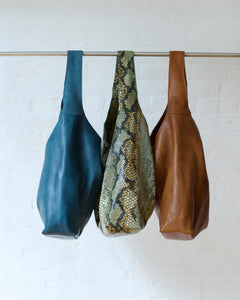
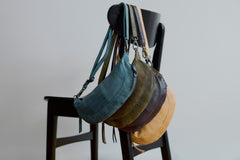
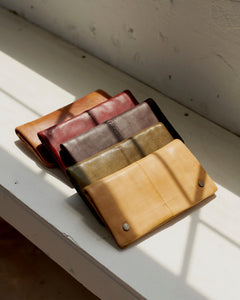

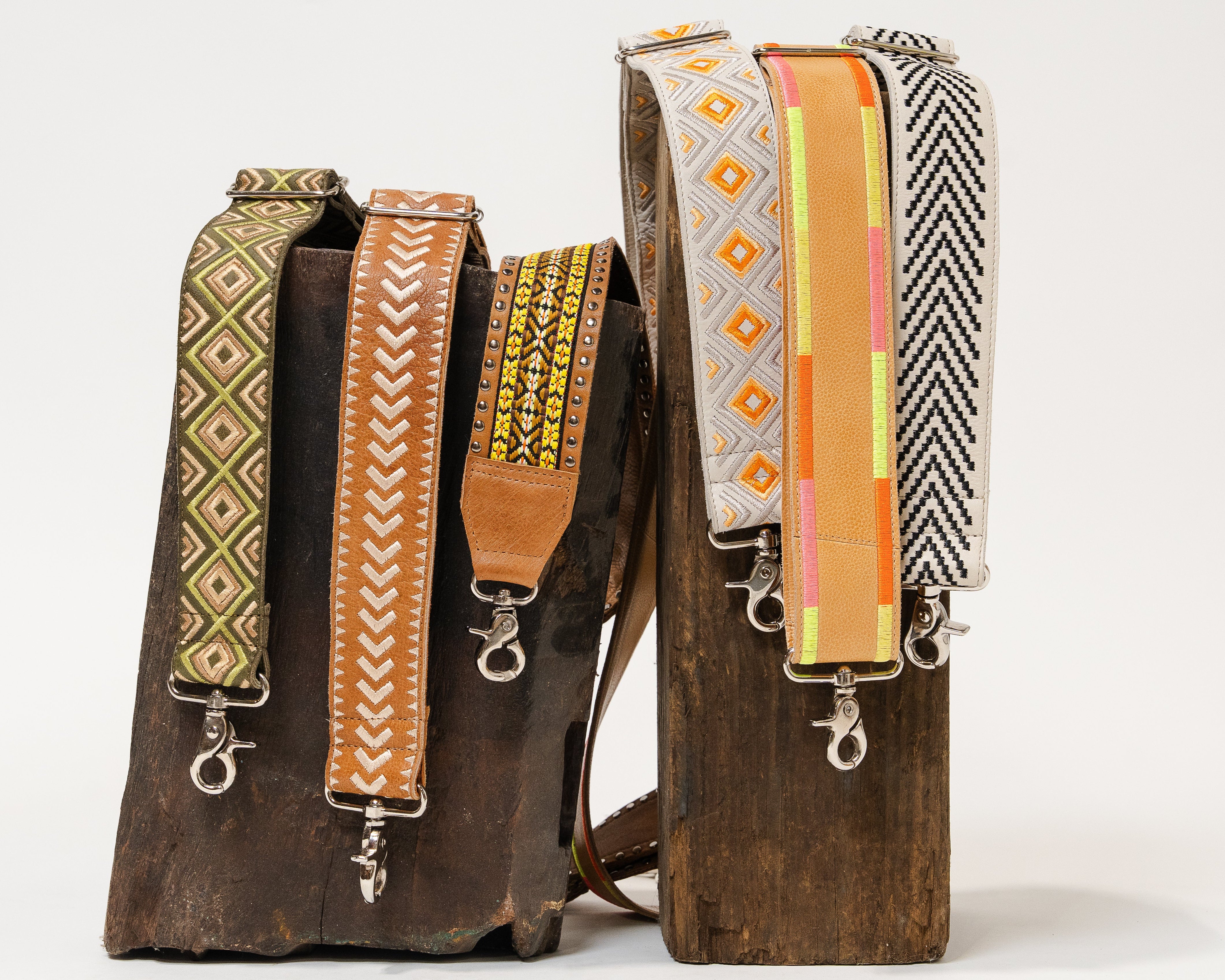
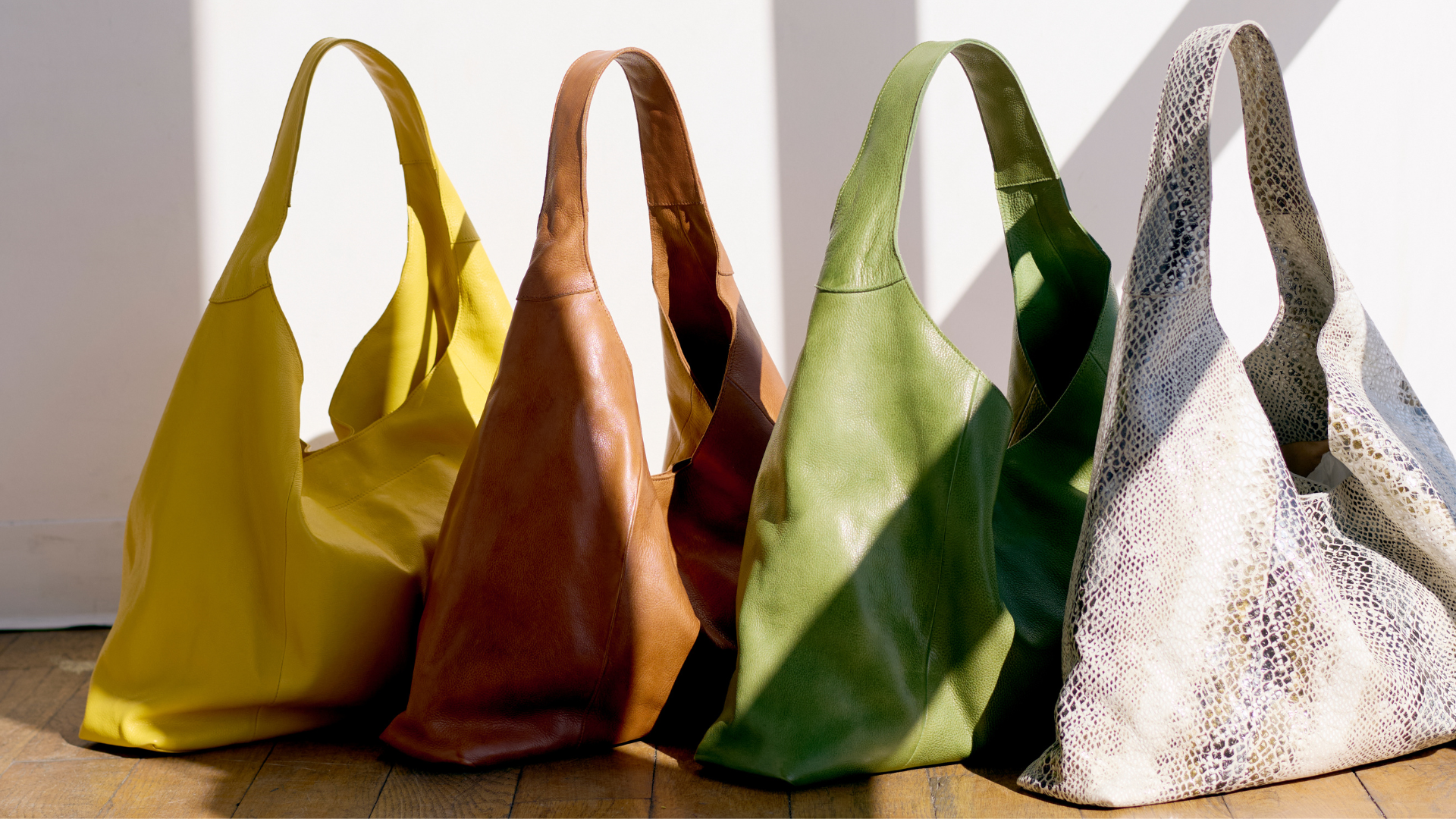
 Black
Black Bubble Black
Bubble Black Charcoal
Charcoal Cognac
Cognac Brown
Brown Cafe
Cafe Walnut
Walnut Almond
Almond Saddle
Saddle Eggplant
Eggplant Oxblood
Oxblood Burgundy
Burgundy Aubergine
Aubergine Tan
Tan Hazel
Hazel Ballet Slipper
Ballet Slipper Blush
Blush Camel
Camel Red
Red Orange
Orange Natural
Natural Burnt Orange
Burnt Orange Poppy
Poppy Plum
Plum Rosa
Rosa White
White Oat
Oat Grey
Grey Cobra
Cobra Desert Trail
Desert Trail Denim
Denim Indigo
Indigo Emerald
Emerald Teal
Teal Turquoise
Turquoise Sky Blue
Sky Blue Grass
Grass Green
Green Moss
Moss Olive
Olive Yellow
Yellow Lemon
Lemon Honey
Honey Chartreuse
Chartreuse Mustard
Mustard
